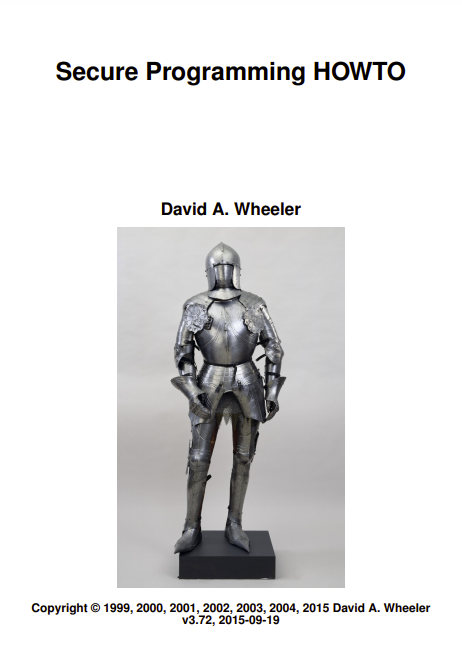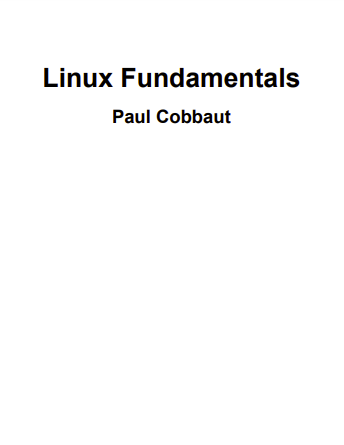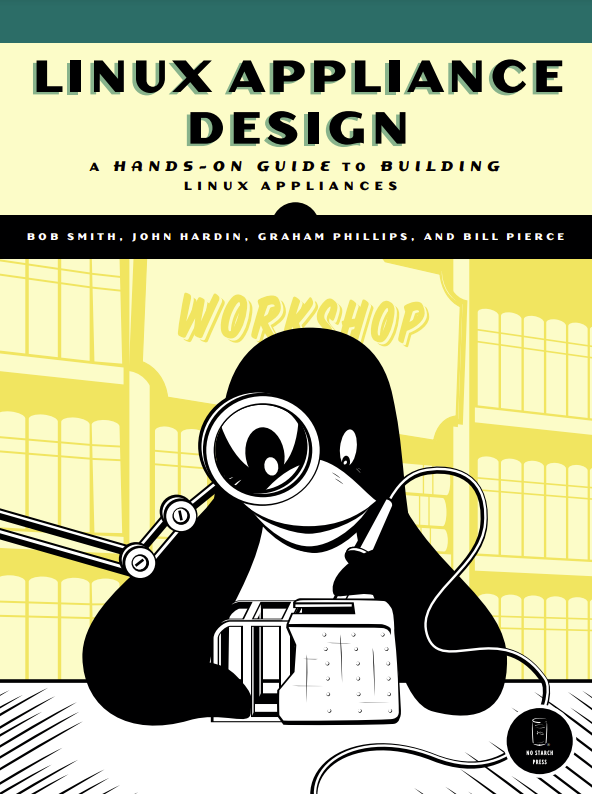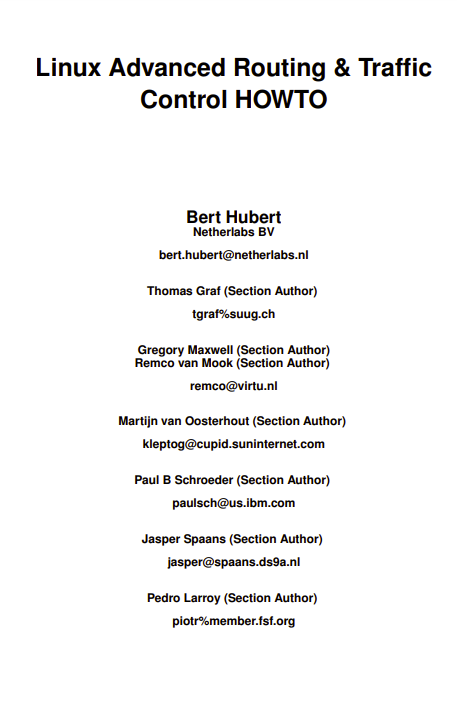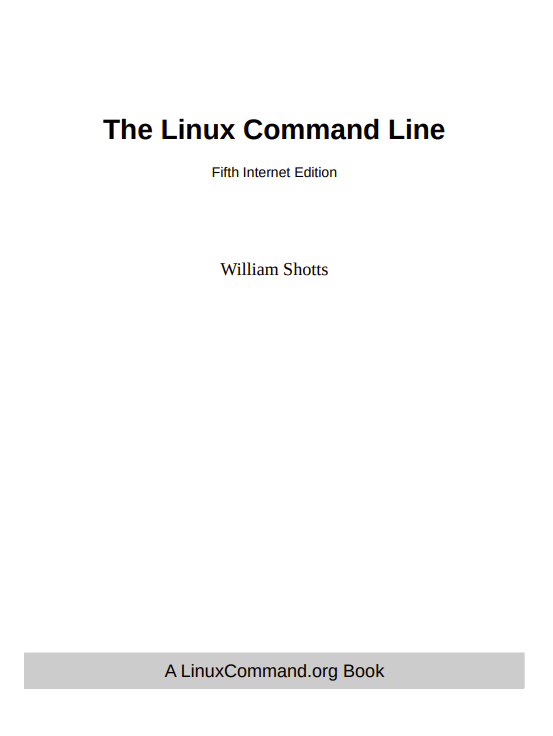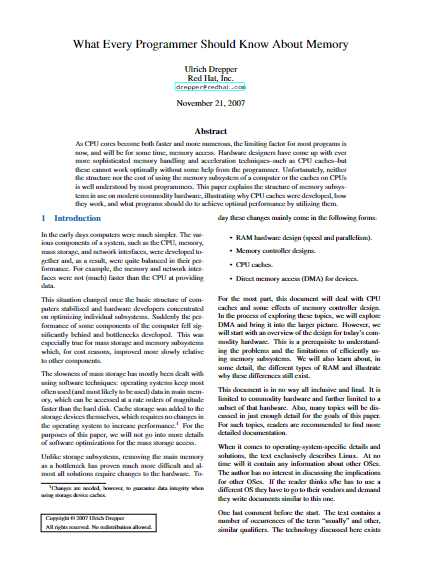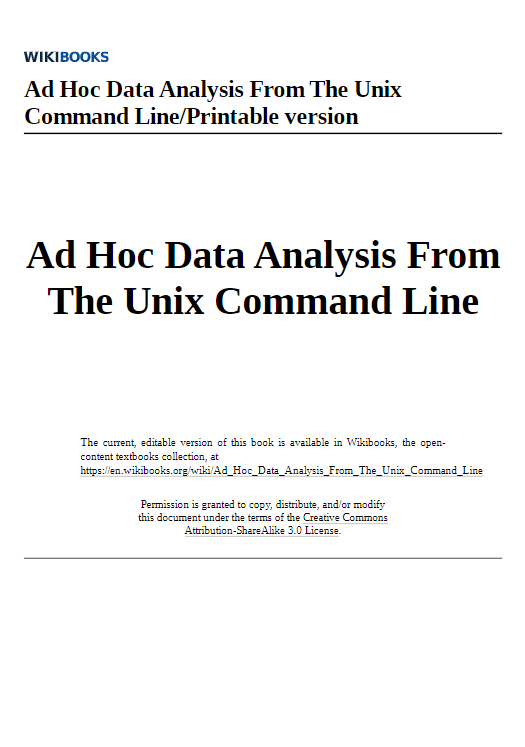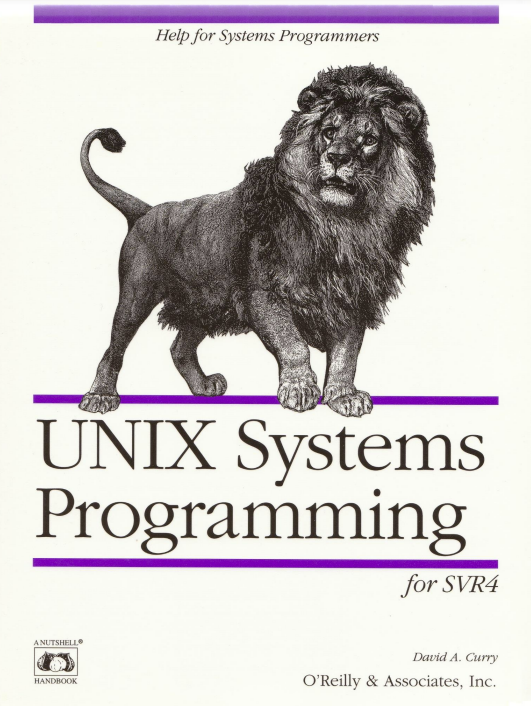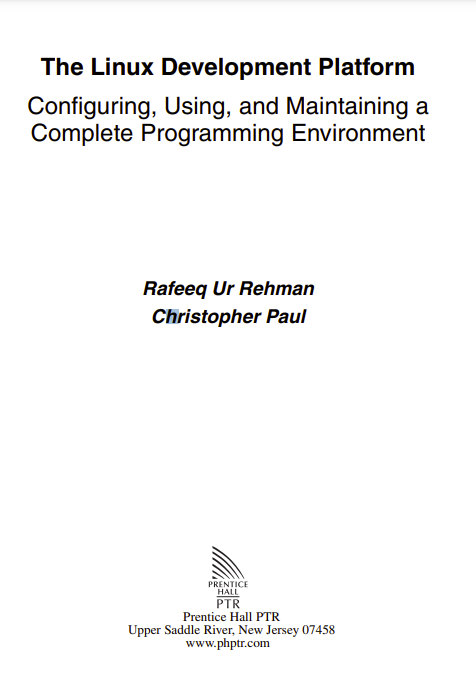This book describes a set of guidelines for writing secure programs. For purposes of this book, a “secure program” is a program that sits on a security boundary, taking input from a source that does not have the same access rights as the program. Such programs include application programs used as viewers of remote data, web applications (including CGI scripts), network servers, and setuid/setgid programs. This book does not address modifying the operating system kernel itself, although many of the principles discussed here do apply. These guidelines were developed as a survey of “lessons learned” from various sources on how to create such programs (along with additional observations by the author), reorganized into a set of larger principles. This book includes specific guidance for a number of languages, including C, C++, Java, Perl, PHP, Python, Tcl, and Ada95. It especially covers Linux and Unix based systems, but much of its material applies to any system.
Why read this book? Because today, programs are under attack. Techniques such as constantly patching systems and training users in computer security are simply not enough to counter computer attacks. The Witty worm of 2004, for example, demonstrated that depending on patches “failed spectacularly” because attackers could deploy attacks faster than users could install patches (the attack began one day after the patch was announced, and only 45 minutes later most vulnerable systems were invected). The Witty worm also demonstrated that deploying proactive measures wasn’t enough: all attackees had at least installed a firewall. Long ago, putting a fence around a computer eliminated most threats. Today, most programs have network connections or take data sent through a network (and possibly from an attacker), and other defensive measures simply haven’t been able to counter attackers. Thus, all software developers must know how to counter attacks.
You can find the master copy of this book at http://www.dwheeler.com/secure-programs. This book is also part of the Linux Documentation Project (LDP) at http://www.tldp.org It’s also mirrored in several other places. Please note that these mirrors, including the LDP copy and/or the copy in your distribution, may be older than the master copy. I’d like to hear comments on this book, but please do not send comments until you’ve checked to make sure that your comment is valid for the latest version.
This book does not cover assurance measures, software engineering processes, and quality assurance approaches, which are important but widely discussed elsewhere. Such measures include testing, peer review, configuration management, and formal methods. Documents specifically identifying sets of development assurance measures for security issues include the Common Criteria (CC, [CC 1999]) and the Systems Security Engineering Capability Maturity Model [SSE-CMM 1999]. Inspections and other peer review techniques are discussed in [Wheeler 1996]. This book does briefly discuss ideas from the CC, but only as an organizational aid to discuss security requirements. More general sets of software engineering processes are defined in documents such as the Software Engineering Institute’s Capability Maturity Model for Software (SW-CMM) [Paulk 1993a, 1993b] and ISO 12207 [ISO 12207]. General international standards for quality systems are defined in ISO 9000 and ISO 9001 [ISO 9000, 9001].
